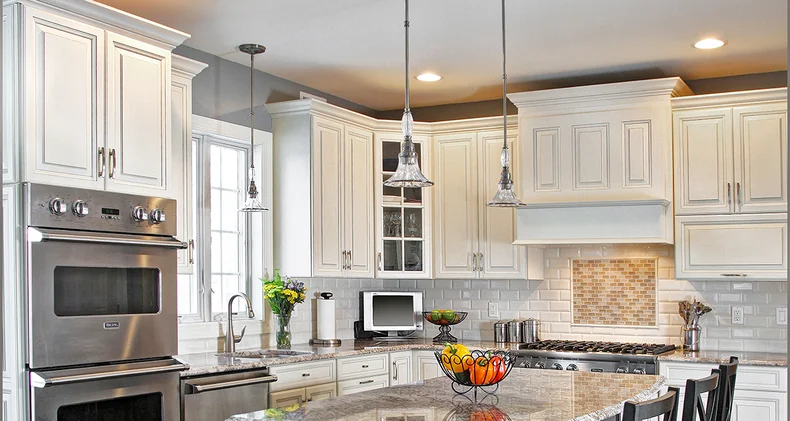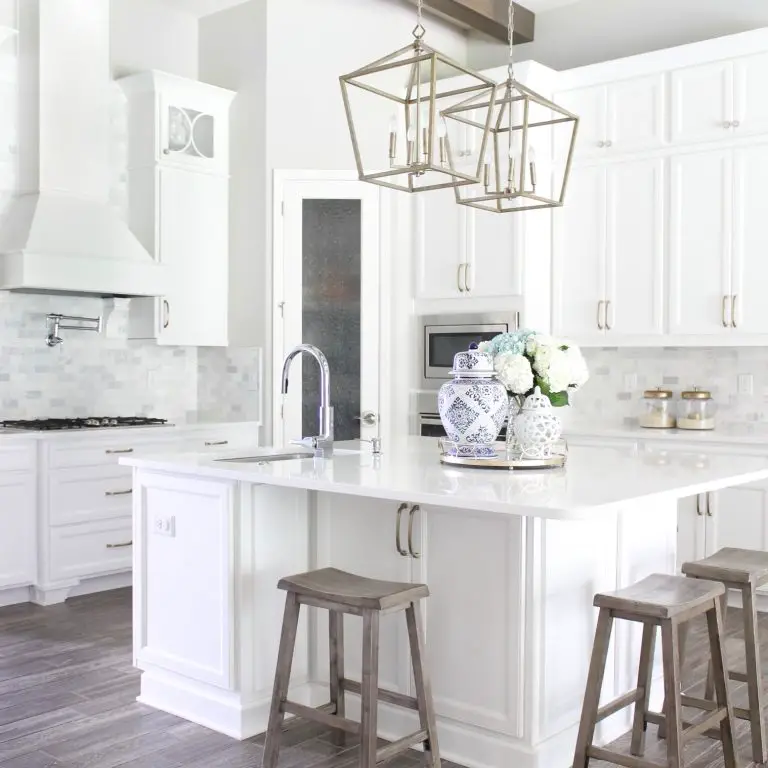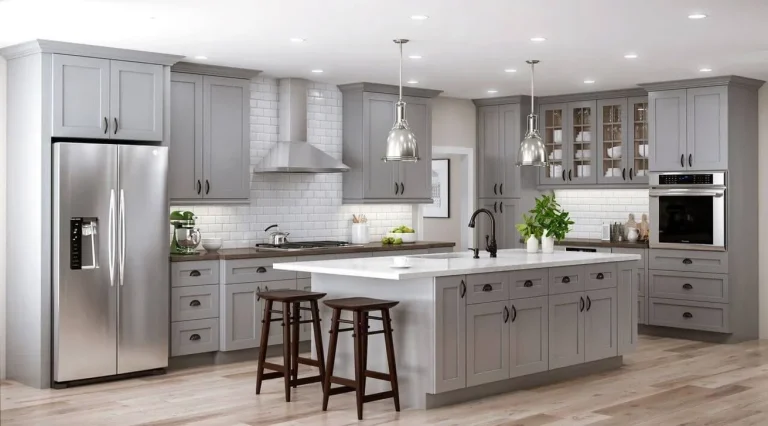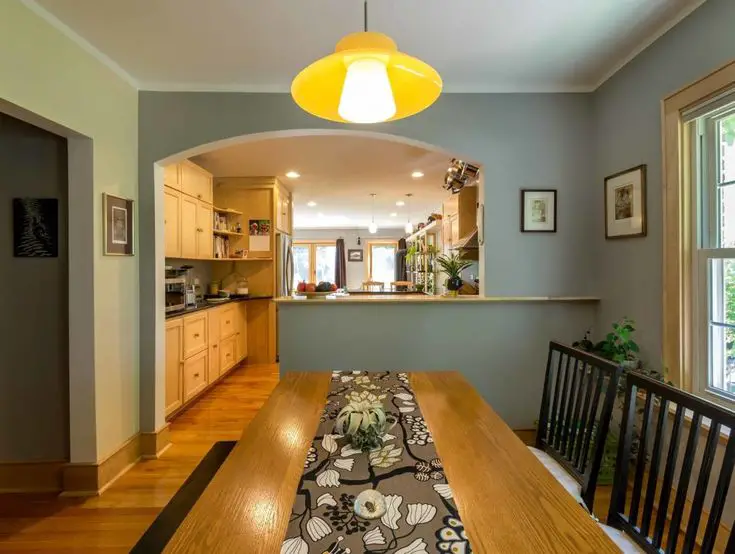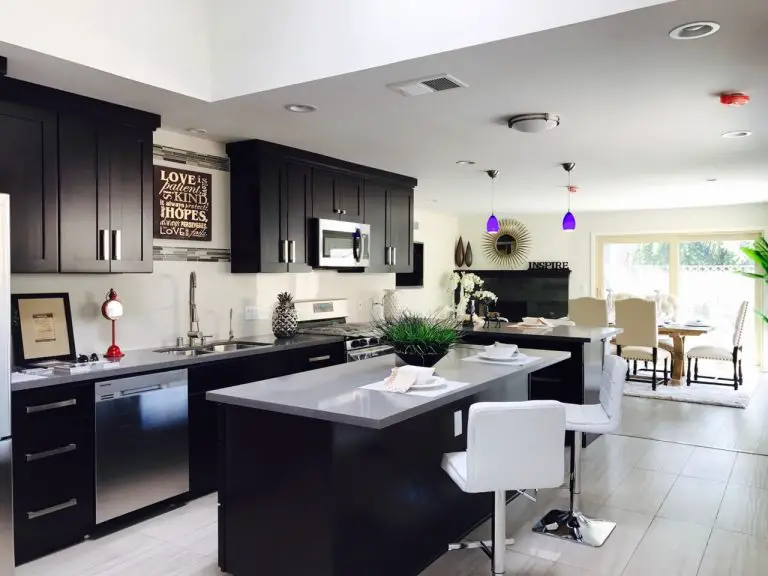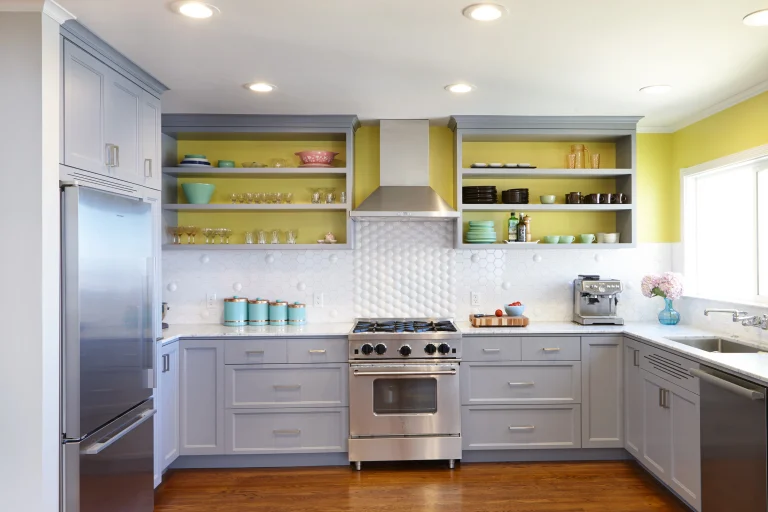Crown Moulding For Kitchen Cabinets
Crown moulding for kitchen cabinets is a timeless and attractive way to create a classic and elegant look in your kitchen. It is a decorative trim that is installed around the top of your kitchen cabinets and can be used to add a unique touch to the overall design of your kitchen. Crown moulding can be made of wood, plastic, or metal, and can range from simple to ornate in design. With the right installation and materials, crown moulding can easily become the focal point of your kitchen, creating a luxurious and stylish look.
What is Crown Moulding?
Crown moulding is a type of decorative trim or edging that is installed along the top of kitchen cabinets. It’s a great way to add a touch of class and sophistication to any room and can be used to enhance the look of existing cabinets. Crown moulding is typically made from wood, although there are other materials available. It can be used to create a variety of different looks, from traditional to modern. When installed correctly, it can give any kitchen a unique and elegant look that is sure to impress guests. Crown moulding is easy to install and can be done by anyone with basic skills. It’s a good idea to hire a professional if you want to achieve a professional finish. With the right materials and installation, crown moulding can add a beautiful touch to any kitchen.
Types of Crown Moulding
Crown moulding is a decorative trim used to enhance the look of your kitchen cabinets. It provides an elegant, finished look to any kitchen. With so many different types of crown moulding available, it can be difficult to decide which one is best for your cabinets. To help you narrow down your choices, here’s a brief overview of the different types of crown moulding.
The most classic and popular type of crown moulding is wood moulding. Wood moulding is available in a variety of styles and colours, so you can choose the one that best complements your kitchen’s colour palette. Additionally, wood moulding is extremely durable and can last for years with minimal maintenance.
Another popular option is PVC moulding. PVC moulding is designed to be lightweight and easy to install, making it a great choice for DIYers. It is also available in a variety of colours and styles, so you can easily find a style that suits your kitchen’s aesthetic.
For a more modern look, metal moulding is a great option. Metal moulding is available in a variety of finishes, from brushed nickel to brushed bronze to chrome. It is also extremely durable and resistant to rust and corrosion.
Finally, foam crown moulding is a great choice for those who want a lightweight option that is easy to install. Foam moulding is available in a variety of colours and styles, and it is designed to be lightweight and durable.
No matter which type of crown moulding you choose for your kitchen cabinets, it’s important to make sure it is properly installed. The right crown moulding can transform your kitchen and give it a polished, finished look. With the right type of crown moulding, you can create a look that is both stylish and timeless.
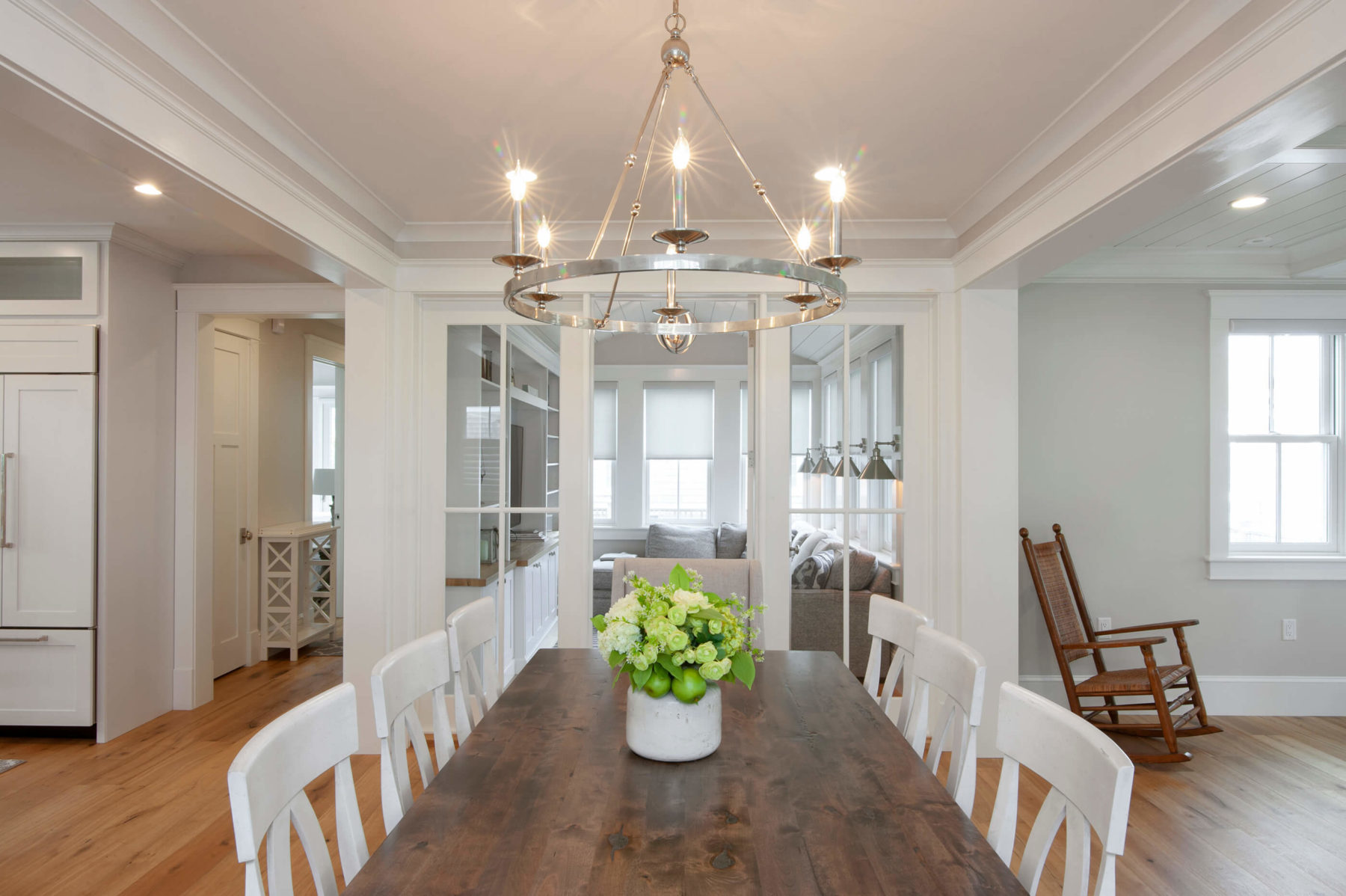
Credit: www.architects.org
Benefits of Crown Moulding
When it comes to kitchen cabinets, crown moulding is an essential element in achieving a beautiful and cohesive look. It adds a decorative touch that can transform the entire look of the kitchen. Crown moulding is a decorative strip of wood that is installed around the top of the cabinets, creating a seamless transition between the cabinets and the ceiling. This type of moulding provides a classic look that will last for years to come.
Crown moulding is not only aesthetically pleasing, but it also provides practical benefits. It helps protect the cabinets from water damage and other types of deterioration. Additionally, it helps to hide any gaps between the cabinets and the ceiling, making the kitchen look more polished and organized. It also adds an extra layer of insulation to the kitchen, which can help to reduce energy costs.
Crown moulding is a relatively easy DIY project that can be completed in a few hours with the right tools. It is available in a variety of materials and styles, so you can find one that suits your kitchen’s overall look. With proper care and maintenance, it can last for decades, providing a timeless look that will never go out of style.
Design Considerations When Choosing Crown Moulding
Kitchen cabinets are a focal point in a home and can often be the most expensive piece of furniture. Adding crown moulding to them can dramatically enhance their look. When selecting crown moulding for kitchen cabinets, there are a few key design considerations to keep in mind.
Firstly, the size of the moulding should be proportional to the size of the cabinets. Too small a moulding and the cabinets will look dwarfed. Too large, and they will look awkward. Secondly, consider the type of material. Crown moulding can be made from wood, metal, or plastic, and the choice of material should be based on the overall design of the kitchen. Wood is often best suited for traditional designs, while metal or plastic might work better in modern kitchens.
Thirdly, consider the colour and finish of the moulding. Darker tones will help the cabinets stand out, while lighter shades can help create a more subtle effect. Finally, think about the angle of the crown moulding. A sharper angle will create a more dramatic look, while a gentler angle will create a softer, more elegant effect.
By considering these four design elements when selecting crown moulding for kitchen cabinets, homeowners can create a look that is both stylish and timeless.
Installation Tips for Crown Moulding
Adding crown moulding to kitchen cabinets can transform the look of the entire kitchen. It adds a touch of luxury and elegance to the kitchen, making it look more expensive and modern. However, if it is not installed correctly, it can take away from the look of the kitchen. To ensure professional results, it is important to take the time to plan and install the moulding properly. Here are some tips for installing crown moulding on kitchen cabinets to ensure a perfect finish.
First, measure the cabinets to determine the size of moulding needed. Measure the length of the cabinet, the height of the cabinet, and the depth of the cabinet. This will allow you to purchase the correct size of moulding.
Next, cut the moulding to the correct size. Be sure to use a mitre saw to ensure accurate cuts. The crown moulding should be cut with an angle of 45 degrees for the inside corners and 45 degrees for the outside corners.
After the moulding is cut, use construction adhesive or wood glue to secure the moulding to the cabinet. Be sure to apply enough glue to create a secure bond.
Lastly, use a nail gun to secure the moulding to the cabinet. Be sure to use stainless steel nails to ensure a secure bond and prevent rusting.
Following these tips will ensure that your crown moulding installation looks professional and is secure. With some patience and attention to detail, you can add an elegant touch to your kitchen cabinets.
Maintenance and Repair Tips for Crown Moulding
Crown moulding is a great way to add an elegant touch to your kitchen. It can also give your kitchen a more spacious look and can even bring more light into the room. However, if you’re going to be using crown moulding in your kitchen, you need to be aware of the various maintenance and repair tips to keep it looking its best.
To begin with, you should always clean your crown moulding regularly. This will help to keep it looking its best and will also help to reduce the risk of damage. Be sure to use a mild cleaning solution and a soft cloth to ensure that the moulding is not damaged.
In addition, you should also inspect your crown moulding regularly. Look for any signs of wear and tear, such as cracks, chips, or discolouration. You should also look for any signs of water damage, as this could lead to mould or mildew growth. If you notice any of these issues, you should make sure to repair them as soon as possible.
Finally, when it comes to repairs, you should always use the right materials. This is especially important if you’re dealing with older moulding. The wrong materials can lead to further damage and could even cause the moulding to come loose. For this reason, it’s important to use the right materials when repairing or replacing crown moulding.
By following these tips, you can ensure that the crown moulding in your kitchen will stay looking its best. With proper maintenance and repairs, you can enjoy its beauty for many years to come.
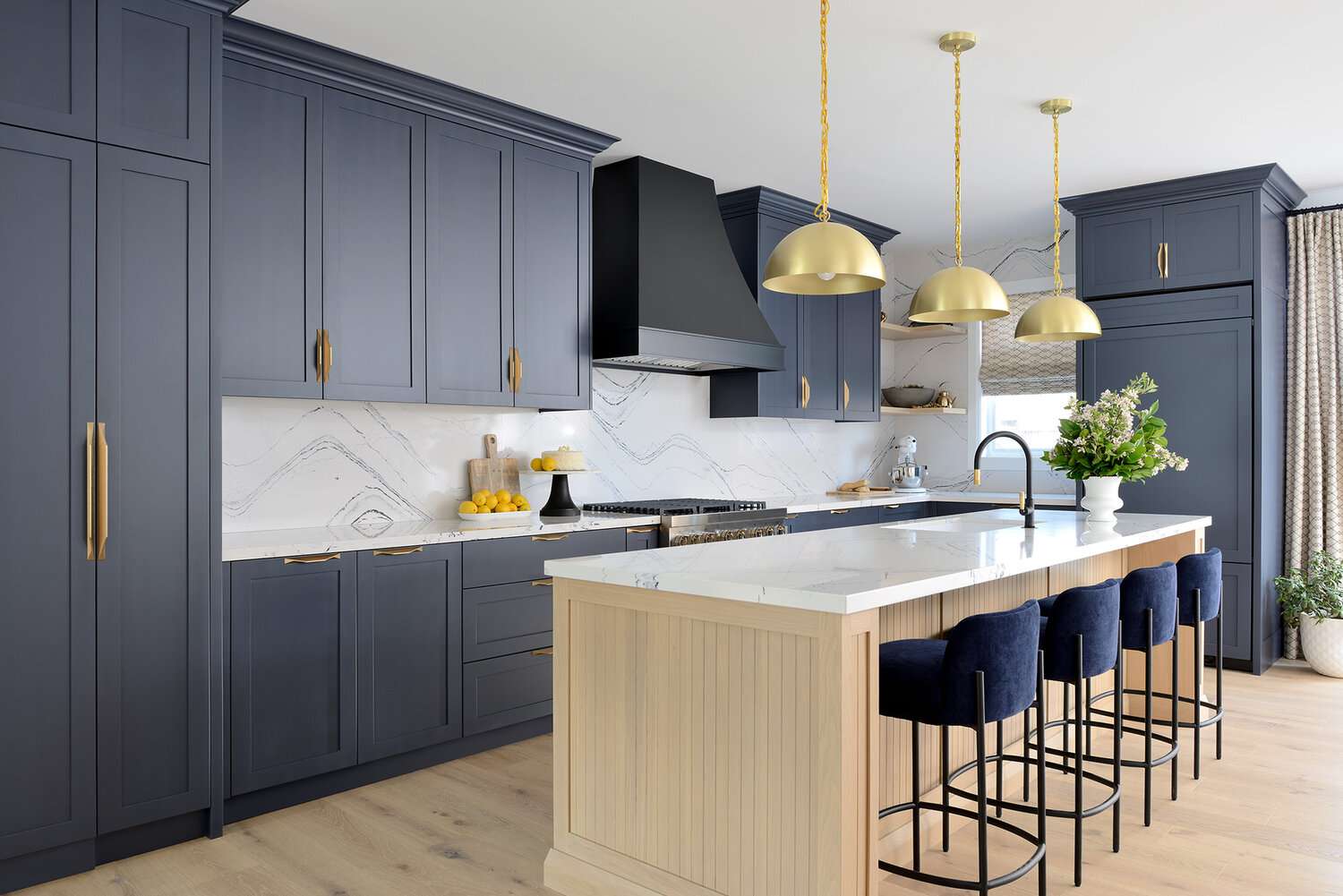
Credit: www.thespruce.com
Popular Styles of Crown Moulding
When deciding on the perfect crown moulding for your kitchen cabinets, there are many styles to choose from. From classic, ornate designs to modern, sleek looks, the style of crown moulding you choose will set the tone for the rest of your kitchen. Popular styles of crown moulding include traditional, contemporary, transitional, and shaker.
Traditional crown moulding has a timeless, classic appeal with intricate designs and varying heights. It looks especially great with white kitchen cabinets and can be used to add an elegant touch to any room. Contemporary crown moulding has a more modern look and is often seen in minimalist kitchens, with simple yet sophisticated designs that draw the eye.
Transitional crown moulding is a great way to bridge the gap between traditional and contemporary styles. This style of crown moulding often has a slightly more ornate look than contemporary designs, but still maintains a modern edge. Shaker crown moulding, on the other hand, is a classic style that works well with modern kitchens. It typically has a more subtle design, with a sleek, modern look.
No matter which style of crown moulding you decide to go with, you can be sure that it will add a unique touch to your kitchen cabinets. With the right style of crown moulding, you can take your kitchen from drab to fab in no time.
Cost Considerations for Crown Moulding
When looking to upgrade your kitchen cabinets with crown moulding, you need to consider the cost implications involved. Crown moulding can be expensive, depending on the material, design, and installation costs. However, it can also be a great investment that can add value to your home.
Wood is the most common material used for crown moulding. Hardwoods such as oak, walnut, and cherry are the most expensive, but they will last longer and look better than softer woods. You can also opt for medium-density fiberboard (MDF) or polystyrene, both of which are more affordable alternatives.
The design of the moulding is another factor that will influence the cost. If the pieces are plain, they will be more affordable than elaborate designs. Additionally, installing the moulding requires a professional carpenter, which adds to the cost.
Crown moulding can be a great way to add visual interest and value to your kitchen. Consider the cost of materials, design, and installation before deciding if crown moulding is the right choice for your kitchen. With a little planning, you can find an affordable option that looks great and adds to the value of your home.
FAQs About the Crown Moulding For Kitchen Cabinets
1. What types of crown moulding are available for kitchen cabinets?
Answer: Crown moulding for kitchen cabinets is typically made from wood, but can also be made from other materials such as plastic, metal, or fiberglass. The type of moulding you choose will depend on the décor of your kitchen and the available budget.
2. How can I install crown moulding for kitchen cabinets?
Answer: Installing crown moulding for kitchen cabinets is typically done with the help of an experienced carpenter or professional installer. The installation process will vary depending on the type of material and the size of the moulding.
3. How do I choose the right type of crown moulding for my kitchen cabinets?
Answer: The best type of crown moulding for kitchen cabinets will depend on the style and design of your kitchen. Consider the other décor elements in the room and choose a type of moulding that complements the existing décor. In addition, consider the budget you have available and choose a type of moulding that fits within your budget.
Conclusion
Crown moulding is a great way to add a beautiful finishing touch to your kitchen cabinets. It is a relatively inexpensive and easy way to give your cabinets a more stylish and finished look. Crown moulding can be used to create a variety of different looks, from traditional to modern, and will add a level of sophistication and sophistication to your kitchen. Whether you are looking to improve the look of your existing cabinets or starting from scratch, crown moulding is an excellent option to consider.

